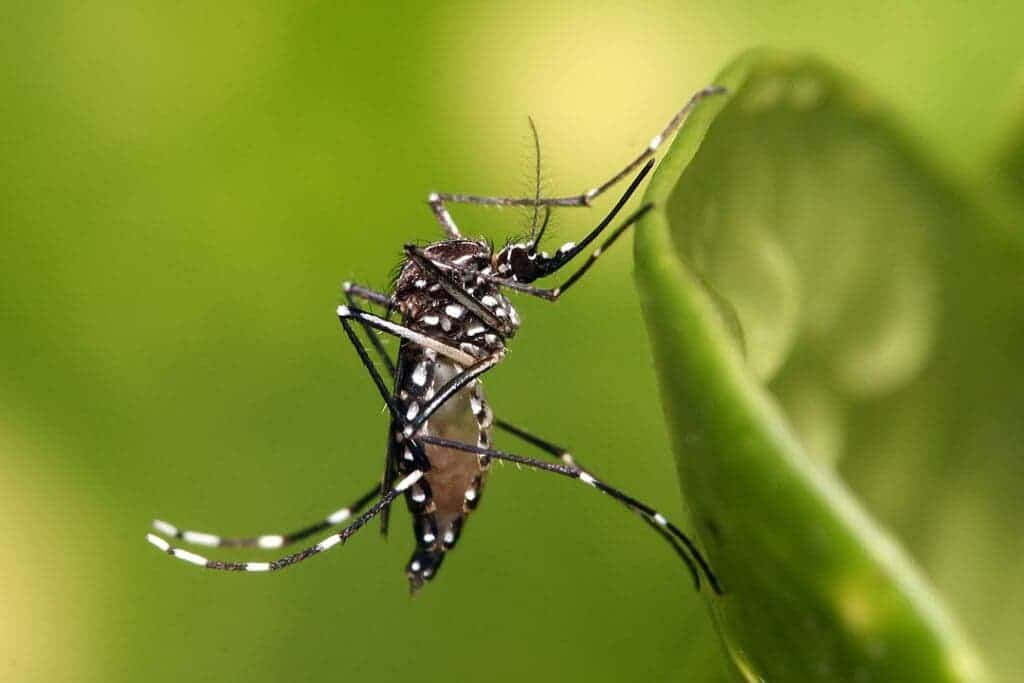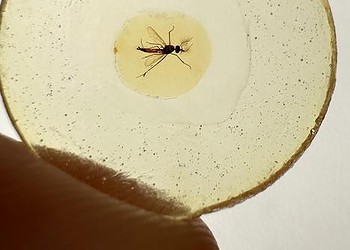As well as generating an annoying itch, some mosquito bites can leave humans with several diseases, including yellow fever, Zika and Dengue. Now, a company will introduce in the US what could be a potential solution – releasing two billion genetically modified male mosquitoes to further reduce the transmission of diseases.

The insects, all male, were developed by the biotech company Oxitec. They are derived from Aedes aegypti, a mosquito species that carries many diseases. When these mosquitoes mate with native females, they produce female larvae that die off before reaching adulthood. And since only female mosquitoes bite, the modified insects pose no danger to people. So you produce a generation of sterile mosquitoes and you get rid of mosquitoes.
This has been in the works for some time. Last year, after the approval from the Environmental Protection Agency (EPA) and local authorities, Oxitec started a pilot program to release millions of these mosquitoes in selected areas of Florida. This week, Oxitec was granted approval by EPA for the Florida program to continue as well as approval for a new program in California.
“Our team is immensely proud to have received yet another milestone approval from the EPA. This expansion of our U.S. efforts reflects the strong partnerships we’ve developed with a large and diverse range of stakeholders at the local, state, and national levels,” said Grey Frandsen, CEO of Oxitec, in a statement from the company.
Targeting mosquitoes
The approach used by Oxitec is the latest example of what’s known as the “sterile insect technique”, a method of biological control that has been used successfully in the past to eradicate other harmful pests such as the screw-worm fly (Cochliomyia hominivorax) from North and Central America. It sounds like it could be very effective, but not everyone is on board.
Residents in Florida have protested the release of the mosquitoes, while some groups have argued that they could cause unknown environmental or health risks and that the EPA hasn’t done enough to ensure the transparency of the project. A paper in 2019 claimed a group of Oxitec mosquitoes in Brazil had survived and were spreading their genes, with consequences that we don’t fully understand yet.
“Scientists have found genetic material from GE mosquitoes in wild populations at significant levels, which means GE mosquitoes are not sterile. GE mosquitoes could result in far more health and environmental problems than they would solve,” said in a statement Dana Perls, Food and Technology Program Manager at Friends of the Earth.
Meanwhile, Oxitec has tried to address the criticism by saying their experiments are safe for both human and other insect populations. The EPA, for its part, has said the release of the modified mosquitoes in Florida and California means no risk to people, animals, or the environment. Similar programs have been successful elsewhere, the EPA said.
The mosquitoes will be released in Monroe County, Florida; and Stanislaus, Fresno, Tulare, and San Bernardino counties in California. The release can happen in a 34,760-acre area across the two states between now and April 30, 2024, when the experiment ends. The EPA specifically restricted any release from areas near livestock and agricultural facilities.
While the EPA has given the green light on Oxitec’s programs, the company will now have to obtain additional permission from local regulators, which won’t necessarily be straightforward. In Texas, for example, the company had received approval from EPA in 2021 but the project hasn’t happened yet. For now, let’s just wait and see what happens in Florida and California.






